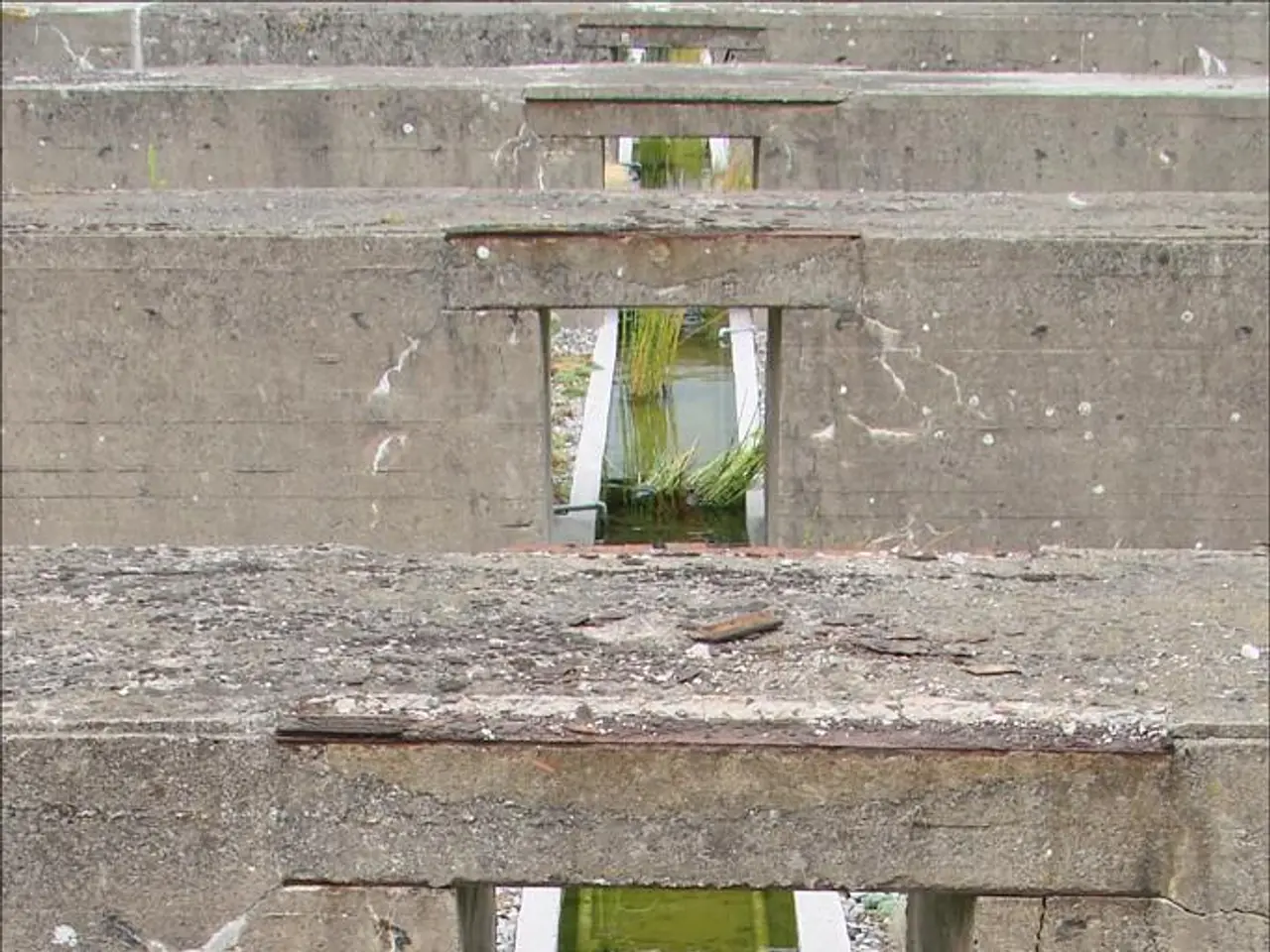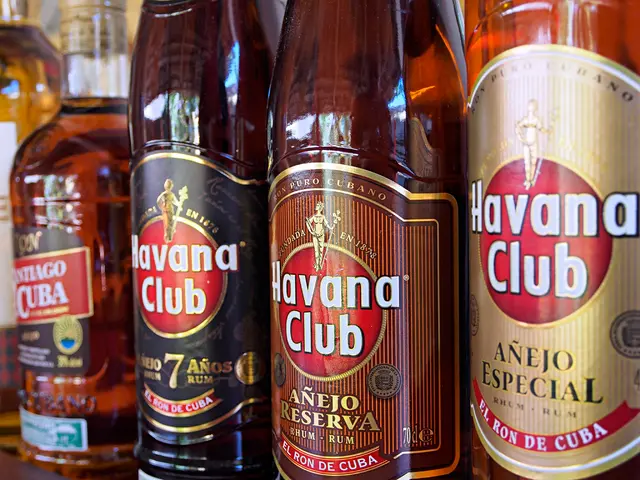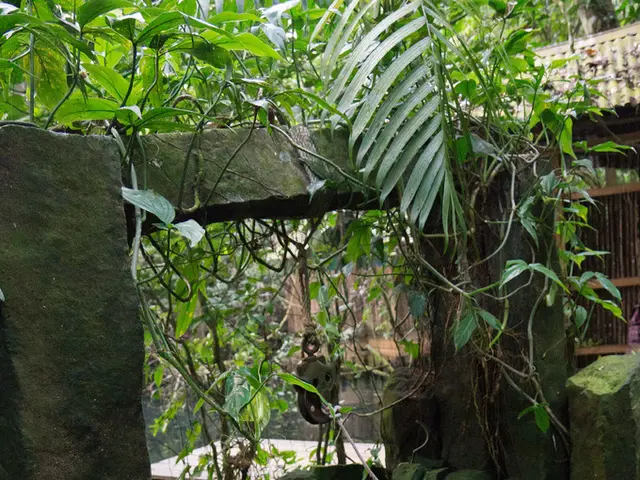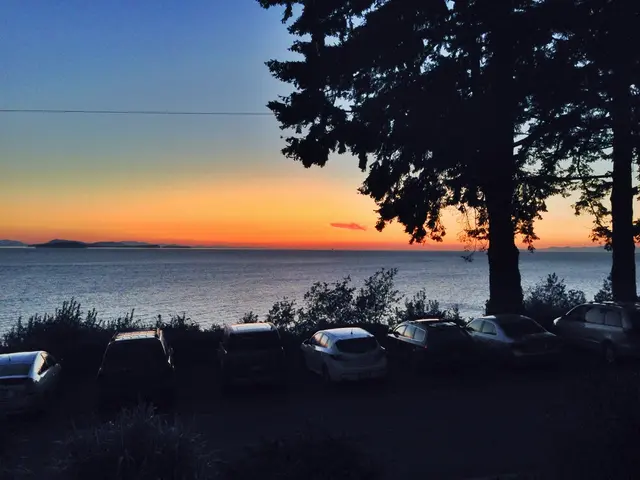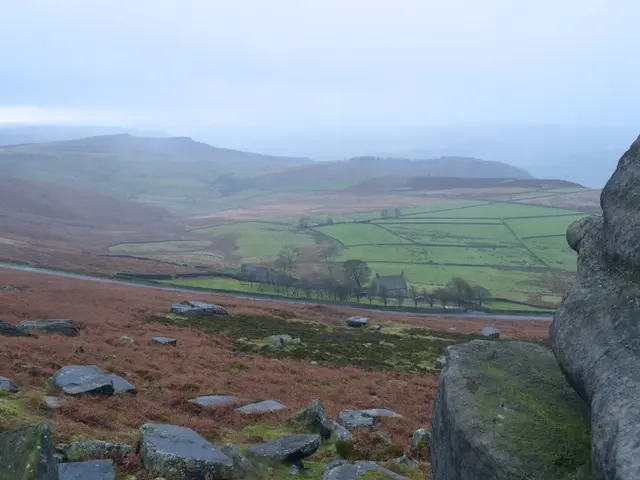Determining the Fate of Underground Water Reserves
=========================================================================================
In the picturesque region of Bavaria, a significant focus on water management is unfolding, with the proposed Watercent Act set to prioritise water extractions for public drinking water supply over other uses. The Act, slated for debate in the Bavarian Landtag after the summer break starting in early October, is expected to bring about changes in the way water is extracted and used in the region.
One of the areas set to see changes is the Altmühltal, which aims to extract up to 200,000 cubic meters per year from the iron sandstone in the future with the newly constructed wells for extraction. Notably, the company Altmühltal has decided to primarily draw groundwater from the iron sandstone layer in Treuchtlingen for its mineral water and other beverages production. Currently, the company extracts around 238,000 cubic meters per year from the covered sandstone Keuper.
The Watercent Act mandates a uniform fee of ten cents per cubic meter for groundwater extraction in Bavaria. This fee will likely affect all entities involved in groundwater extraction, including companies like Altmühltal.
However, the Act's impact on commercial water extraction regulations and public water suppliers in towns like Treuchtlingen is not yet clear. While water protection areas are designated and established by district administrative authorities to protect public water extraction sources such as wells and springs in Bavaria, specific new proposals or changes affecting commercial users like Altmühltal are not detailed in the available information.
Other water suppliers, such as the cities Weißenburg, Alesheim, and Ettenstatt, and associations like Burgsalach Juragruppenwasserversorgung, Pfofeld group, and Gnotzheim group, also draw water from the covered sandstone Keuper. The Gnotzheim group plans to extract up to 285,000 cubic meters per year (previously 325,000) from the covered sandstone Keuper in the future.
The overexploitation of the reservoir in Treuchtlingen, according to the Water Management Office in Ansbach, requires all parties involved to consume less water, identify savings potential, and consider alternative sources. The Nature Conservation Union (BN) is against the exploitation of water reserves for commercial purposes, specifically in Treuchtlingen.
It is essential to note that not all applications for future water extractions in Treuchtlingen have been received yet. Once the applications are reviewed, the current legal situation will be considered for decisions on future water extractions in Treuchtlingen.
For precise and up-to-date details on proposed regulatory changes, particularly concerning commercial water extraction and their effects on firms like Altmühltal or Treuchtlingen’s public water suppliers, consulting Bavarian government announcements or local water authority publications would be necessary.
Read also:
- Monitoring Europe's Natural Gas Reservoirs
- Anticipated Boost: Wind Energy Generation Capability Set to Grow by 20%
- Projected Expansion: Wind Energy Capacity Set to Boost by 20%
- Blockchain structures split into two primary categories: Layer-1 and Layer-2. Each layer serves a unique purpose, enhancing scalability, efficiency, and cost-effectiveness.
